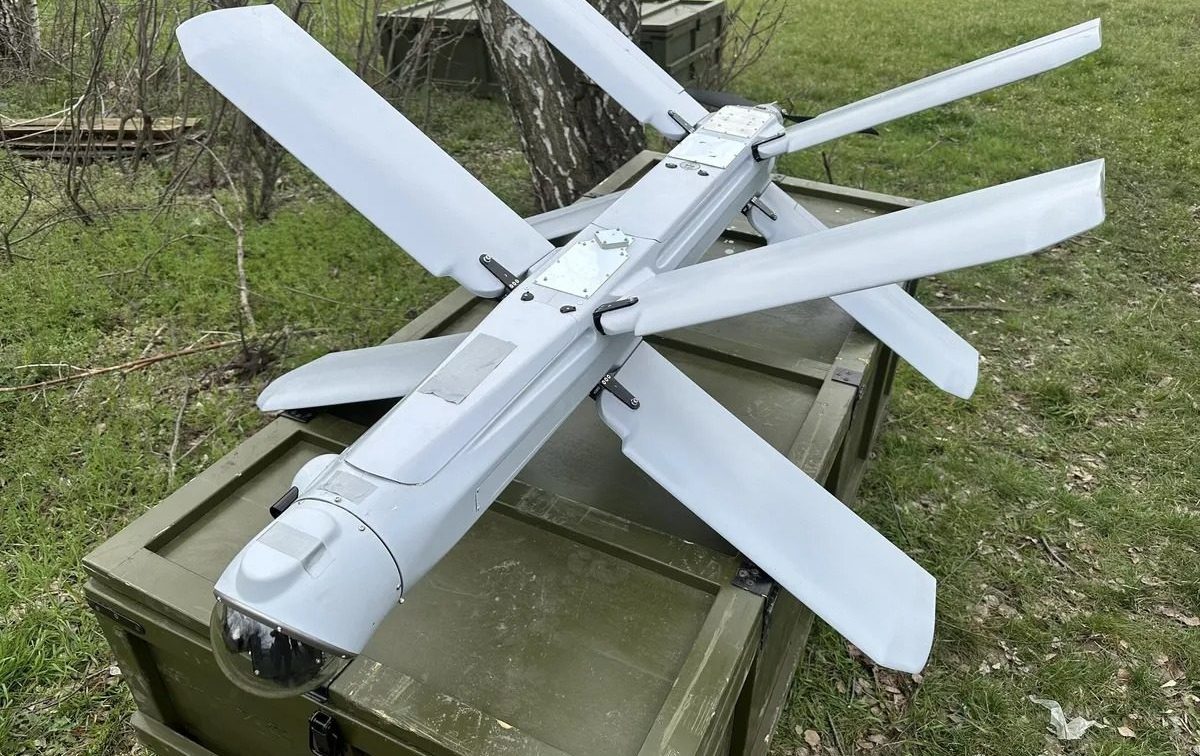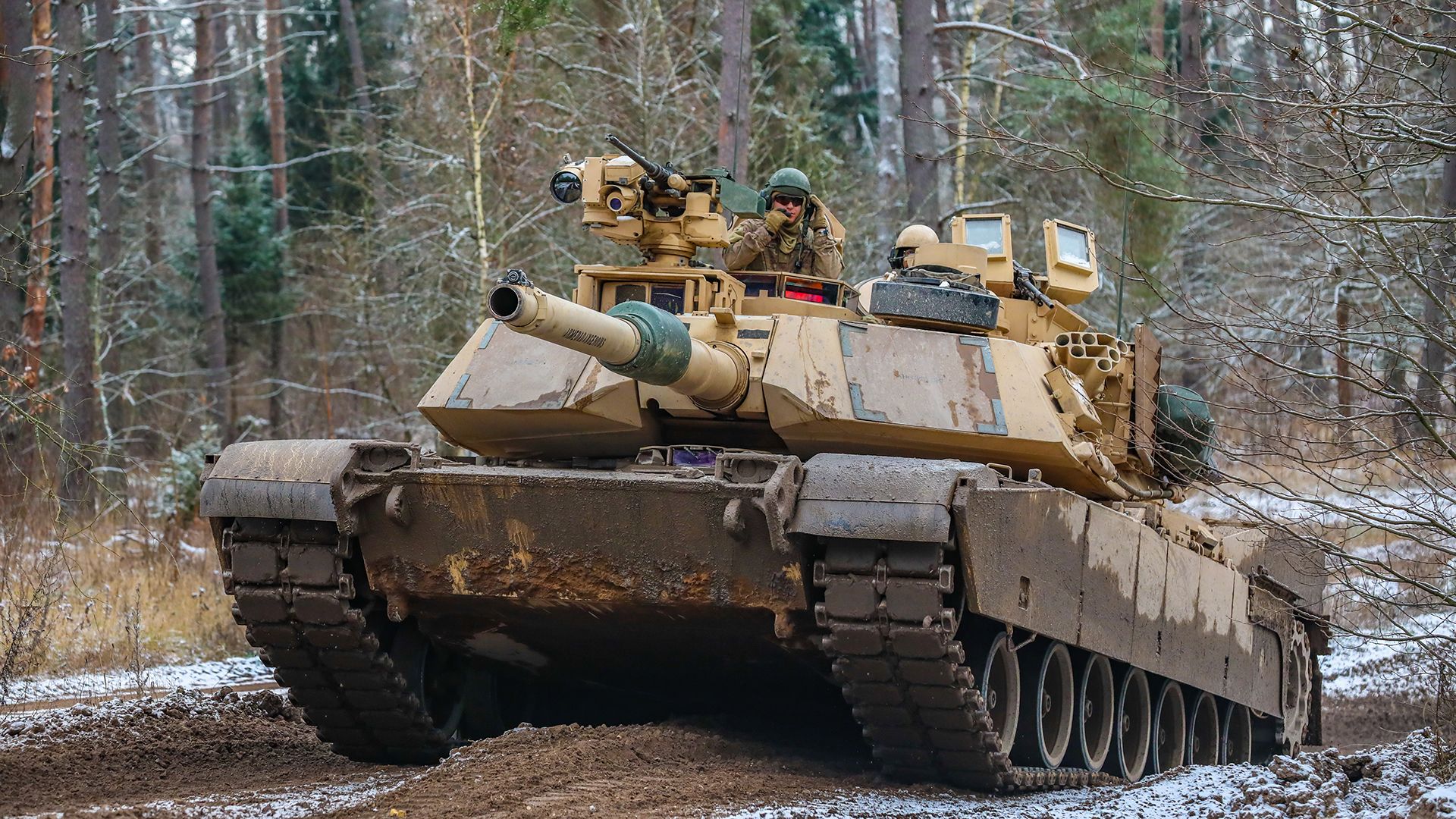(VIDEO) Unable to Withstand Russian Drone Attacks, U.S. Withdraw Abrams Tanks from Ukrainian Battlefield
(VIDEO) Two U.S. military officials informed The Associated Press that the M1A1 Abrams tanks donated by the United States cannot operate on the battlefield without being detected and relentlessly targeted by Russian military drones.
(DEFENCE SECURITY ASIA) — Ukraine has been forced to withdraw its fleet of American-donated M1A1 Abrams main battle tanks from the battlefield due to significant threats from Russian reconnaissance and kamikaze drones.
U.S. military officials informed The Associated Press that these tanks are unable to operate undetected and are frequently targeted by Russian drones.
As a result, five of the 31 Abrams tanks donated by the U.S. have been confirmed destroyed by Russian forces so far.
In January of last year, the U.S. supplied 31 Abrams tanks, each valued at US$10 million (RM45 million), to aid the Ukrainian military in countering Russian armored attacks.
However, the battlefield dynamics in Ukraine have drastically changed with the introduction of these tanks.

Russian reconnaissance and kamikaze drones pose a significant threat, making it extremely difficult for Ukraine to protect these expensive assets.
The persistent threat from these drones means “there are no open and wide areas where the Abrams tanks can move without detection,” a military official stated.
Consequently, these tanks have been “withdrawn” from combat, and the U.S. is collaborating with Ukraine to adjust tactics, according to U.S. Deputy Chief of Staff Admiral Christopher Grady.
Despite the initial deployment of the Abrams tanks just weeks ago, they have been increasingly targeted and destroyed by Russian forces.
The first operational M1A1 Abrams tank in Ukraine was confirmed destroyed, believed to be hit by a “Lancet” kamikaze drone in the Avdiivka combat zone.
Following the drone attack, the tank was further damaged by a Rocket Propelled Grenade (RPG).
Additionally, an M1150 Assault Breacher Vehicle (ABV) using an M1A1 Abrams chassis was also destroyed in the same battle.
The loss of such engineering vehicles, which are scarce within the Ukrainian forces, has been particularly lamented.
This marks the second loss of an M1150 ABV within a week, the first occurring near Avdiivka in Petrvis’ke, Ukraine.
Military observers had previously warned that the 70-ton American-made tanks might not “last long” in combat, especially since the M1A1 variant provided to Ukraine lacks the “depleted uranium” armor and advanced capabilities of the newer M1A2 model.


As demonstrated in Iraq, the M1A1 Abrams can be defeated by basic and aged anti-tank weaponry.
Lt. Gen. Kirill Budanov of the Ukrainian Military Intelligence Directorate noted that the Abrams tanks’ tenure on the battlefield would be “very limited” if used recklessly on the front lines or as part of certain combat scenarios.
Despite the high hopes held by U.S. and Western military officials for the Abrams’ capability to breach Russian defenses, the fate of Western tanks like the Leopard and Challenger 2, recently fallen to Russian forces, raises concerns about a similar outcome for the Abrams.
The U.S. initially hesitated to supply Abrams tanks to Ukraine but was compelled to do so after Germany stipulated that it would only allow its Leopard tanks to be sent to Ukraine if Washington did the same with its Abrams.
Concerns persist that any destruction of Abrams tanks in Ukraine might adversely affect their reputation. — DSA



